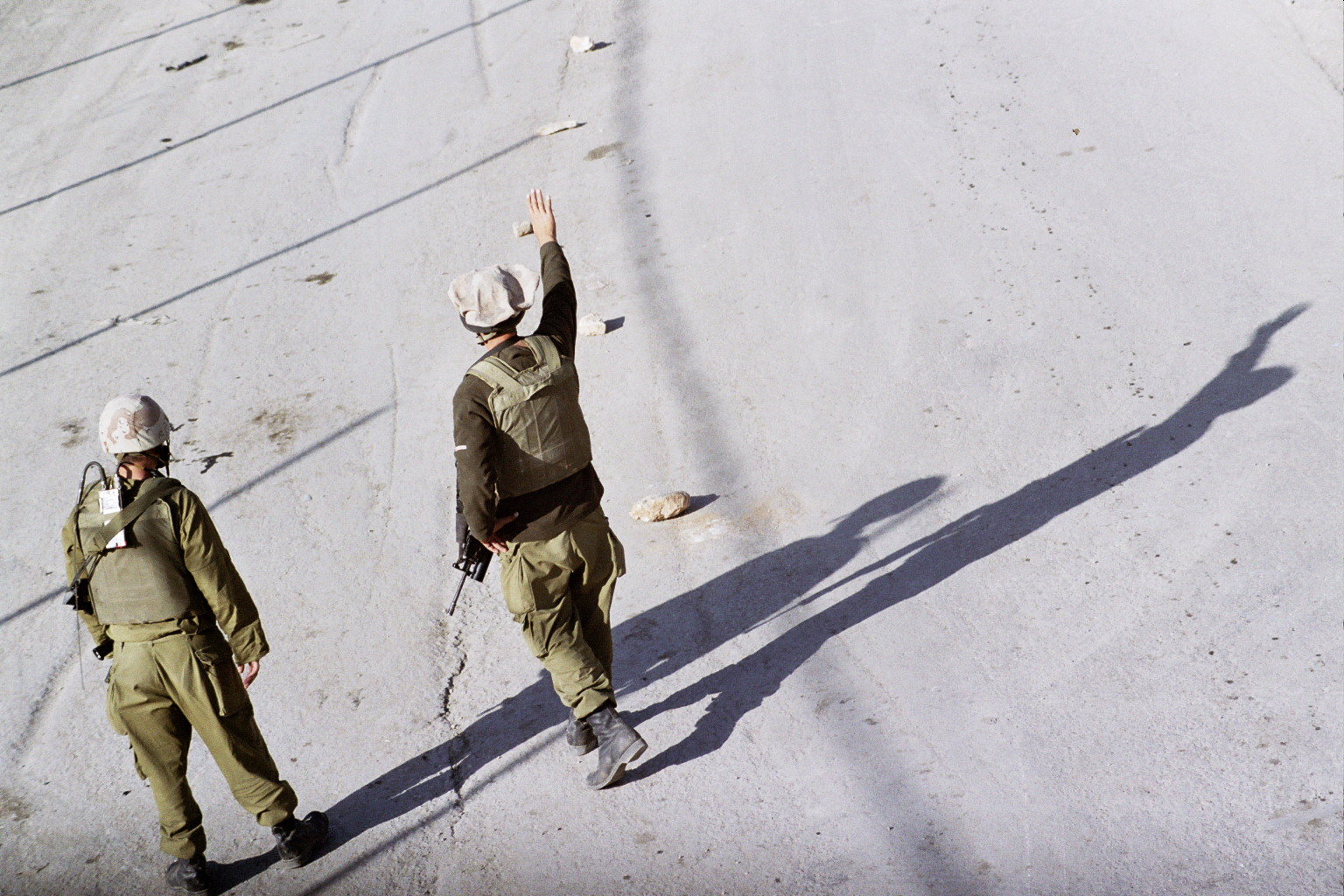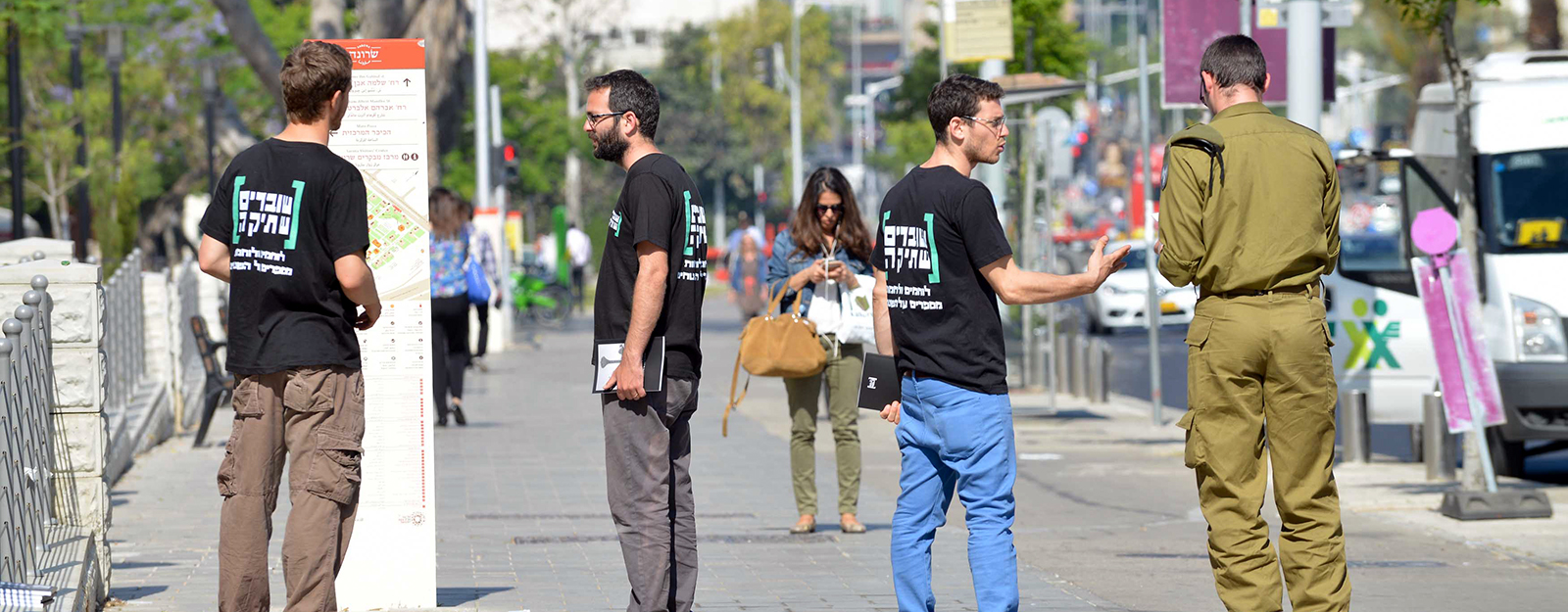Was anything in particular stressed regarding rules of engagement? Yes, they explained what you do if you see a civilian. [They explained that] that’s the way it is in combat. It was shoot to kill immediately if you see stuff. But there was nothing organized – no one said, “If someone is dressed this way don’t shoot, if someone is dressed that way, shoot.” [It was more along the lines of] “If you see someone – shoot.” In the end you use your own judgment. Really they did say, “If you see someone – shoot him.” There was this one house we entered. We entered it ‘wet,’ (using live fire) and suddenly we hear screaming from inside the house and this father came out of a room with his hands in the air. They stopped shooting, and within seconds the battalion’s field interrogator runs in and goes to talk to him. They were in the house. A family: father, mother and three kids. They were asked why they were still there, why they had stayed. And they said, “Because this is our home, because we have nowhere to escape to.” In the end the platoon stayed in that house for like three days. That entire time, the family was in one room, they were told, “We are staying in this house in the meantime, you stay in that room.” A guard was assigned to them, and they were given Israeli food. After three days the platoon moved to another house. The family either stayed or left, I don’t know.
home
- Testimonies
- Activities
- Media & Content
- About









 testimonies
testimonies  media & content
media & content 










 “Because this is our home, because we have nowhere to escape to”
“Because this is our home, because we have nowhere to escape to” 

 terms of use & privacy policy
terms of use & privacy policy